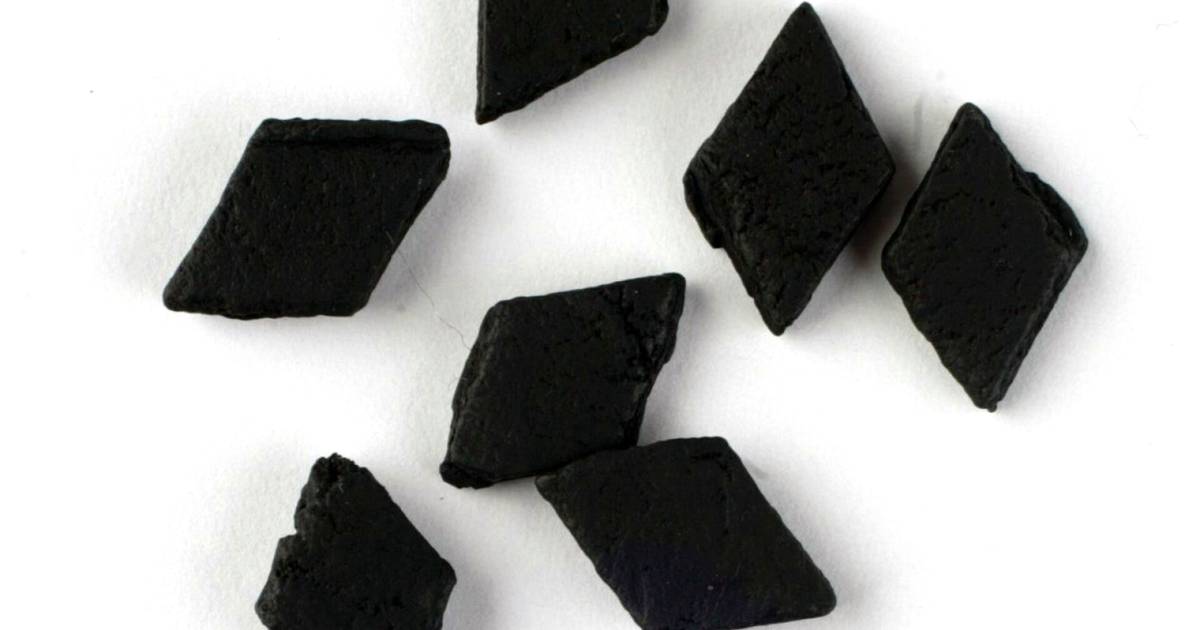The shortage of raw materials for salmia and licorice is related to a substance called matrin.
Helsinki Messages news last week popular The disappearance of UFO candies from bulk candy shelves. The availability problems of certain salmiak products recently have been caused by a shortage of raw materials.
Entrepreneur of Makeistukku Hardeco Finland, which imports UFO candies Harri Heiskanen said last week that the shortage of raw materials affected the factory’s production for about half a year. The CEO of Haganol, which manufactures Apteek salmiakki Jari Simola says that production has been at a standstill for about a year.
However, the shortage of raw materials does not affect all companies that manufacture salmiak products.
Situation is related, at least for Haganol, to the EU regulation and to a substance called matrine. It can be found in licorice powder, for example.
Since matrine has not been sufficiently studied, it must not be present in food sold in the EU practically at all.
Matrine can end up in licorice from plants in the Sophora genus, or it can come from pesticide use. From the point of view of potential health hazards, it is not important where the matrix residue comes from, says a special expert of the Food Agency Arja Heinonen From the Food Composition Division.
Since matrine has not been sufficiently studied, it must not be present in food sold in the EU practically at all.
According to Heinonen, it is not possible to find out whether Laku’s matriline is from a plant or matriline derived from the use of pesticides. From the point of view of the law, it doesn’t matter where the residue comes from either, Heinonen says.
Residues of pesticides can be found in foodstuffs under official control or in the self-control of the food industry operator.
“It’s normal quality control by importers.”
Collar products has been made for a long time. For example, the production of Apteek salmia started already in 1951. Why has the matter related to matrine been relevant recently?
“A few years ago, an EU member state inquired whether the EU’s pesticide residue regulation also applies to matrine,” says Tiia Mäkinen-Töykkä From the Finnish Safety and Chemicals Agency (Tukes).
The EU Commission confirmed that matrine is subject to the maximum amount of residues in accordance with the pesticide residue legislation. According to it, there may be no more than 0.01 milligrams per kilogram of residues in the product.
It is about the smallest amount that can be measured with any measurement method. If the product contains more than 0.01 milligrams of matrin per kilogram, the importer will withdraw it.
For example, licorice powder may contain matrine. The EU regulation is justified by the fact that matrine has not been studied sufficiently.
Even before matrine was listed in the EU pesticide database, its presence in foodstuffs was not allowed. Listing in the database clarified the matter.
Mäkinen-Töykkä says that the EU’s pesticide regulation defines as pesticide residues, for example, the residues of the active ingredients of plant protection products used in the EU or outside the EU in the past or currently.
“In some Asian countries, matrine is used as a plant protection agent”.
The EU has a system that allows member countries to exchange information on, for example, pesticide residues in food.
Jari Simola says that Haganol used the same raw material in its products as a Danish confectionery manufacturer. When matriline was found in the Laku raw material it used, Haganol was also not allowed to sell its products.
However, Haganol’s shortage of raw materials is now easing. The company has received matrix-free licorice raw material. Simola says he paid 90 percent more for it than for the raw material he used before.
FazerilLA there has been no shortage of raw materials.
“We have not seen any availability challenges related to licorice flour,” the communication says.
“It is possible that the availability problem concerns other raw materials, for example ammonium chloride used in salmiaki. The market situation for ammonium chloride has been scarce, but we have avoided availability challenges with our cooperation relationships”.
Straits too and eating licorice is safe as long as you consume them in moderation, says Arja Heinonen, a special expert at the Food Agency.
“Even in the recommended diet, the proportion of sweets is small. If you eat a lot of them, other problems start to appear.”
#Sweets #production #salmiakki #lozenges #sold #pharmacies #stopped #due #regulation








